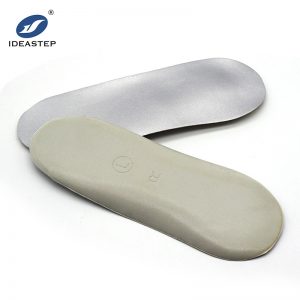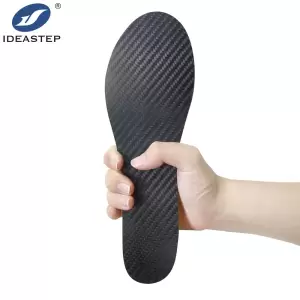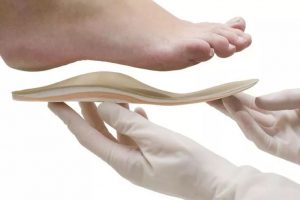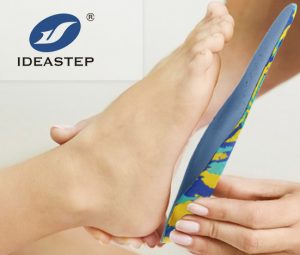With the improvement of the quality of life, people’s awareness of foot care and health care continues to increase. “Insole”, a small object that was easy to be ignored before, is gradually coming into people’s field of vision. Traditional cotton insoles can no longer meet people’s needs due to their poor perspiration ability and easy sliding in the shoes. Sweat-absorbing, breathable, durable, and comfortable foot-shaped insoles will make those who suffer from flat pads all day long excited, once they benefit from use, they will become a loyal consumer; coupled with a large number of sports shoes, travel shoes, and casual shoes that are on the market every year, and the need for normal loss of inner pads, the market capacity of high-quality and comfortable insoles will be huge.
In developed countries in Europe and America, more than 50% of people have used modern technology to prepare comfortable insoles. In the foot care industry in the United States, insoles account for half of the market share. In China, most of the current insoles are simple in design, rough-in craftsmanship, single-purpose, and poor in materials. There are few foot care products in large-scale shopping malls and supermarkets. People buy insoles only for the simplest satisfaction The original demand.
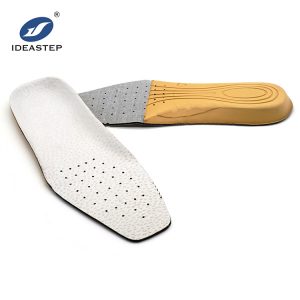
The role of insoles
1. Prevent the feet from sliding in the shoes. The footbed in the shoe is flat, but the sole of the human foot is not. Therefore, the sole will slide in the shoe when walking. Each step requires a little more effort during walking. Long-distance walking is more likely to increase various traumas. The three-dimensional insole can fill the space between the sole and the footbed, and reduce the sliding of the sole in the shoe.
2. Improve support and improve the stability of the pace. The foot-shaped insole on the heel can reduce the swing when the heel touches the ground during walking, thereby reducing fatigue and reducing the chance of trauma.
3. Shock absorption. There are two kinds of shock-absorbing insoles. One is to use hard cup-shaped heel support or add shock-absorbing paste. Because the hypertrophy of the human heel is a natural shock-absorbing function, as long as it is matched with hard rubber support or shock-absorbing paste with a suitable curvature, it can play a good shock absorption function. The other is to use soft materials, such as Gel, air cushion, etc. to absorb the impact of heels on the ground, suitable for running, basketball, and other high running and jumping actions.
4. Correct walking and standing postures. This is the function that orthotic insoles can perform. Many people are born or due to other factors when standing, the spine and leg bones are not 100% perpendicular, or when walking, they sway left and right. This kind of bone and joint trauma can be corrected with the help of orthotic insoles to correct the posture when walking and standing, thereby reducing the trauma.
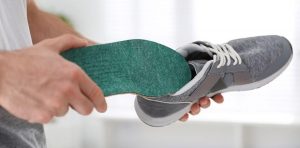
Classification of insoles
According to the materials of insoles currently on the market, it can be roughly divided into cotton insoles, insoles made of pure natural materials such as hemp, rattan, grass, paper, leather insoles, GEL insoles, EVA insoles, high polymer breathable cotton insoles, and PU insoles.
1. Traditional cotton insoles. It is made of pure new cotton material and belongs to the category of environmentally friendly insoles.
Advantages: good air permeability, can absorb some peculiar smells, and has no toxic side effects on the skin.
Disadvantages: poor plasticity, no sweat, and easy to deform. In the process of walking, it often slides or rushes out of the shoes, which increases the troubles of wearing. For people with sweaty feet, due to poor sweat absorption, the entire shoe is like heavy rain on a pile of loess, muddy, painful unbearable. At the same time, it does not have the function of deodorization.
In addition, most of these insoles are processed by hand-crafted workshops or simple small factories. Most of the raw materials come from recycled waste clothes, contaminated and worn-out bed sheets and quilts from hospitals, hotels, hotels, industrial scraps, and black cotton processing, felt blankets and so on. Such insole materials are generally made of a new layer of fabric without any disinfection or sterilization. The bacterial content of this type of insole is seriously exceeding the standard, and it is an important source of transmission of athlete’s foot infection. The relevant departments call it garbage insole.
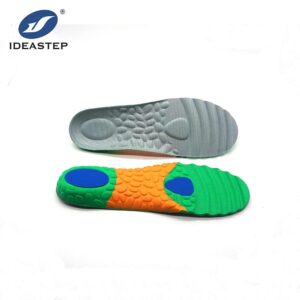
2. Pure natural environmental protection material insoles, insoles made of hemp, rattan, grass, paper, etc.
Advantages: The material is natural and environmentally friendly, and has some antibacterial effects, and has good air permeability.
Disadvantages: The workmanship is difficult to be refined, which affects comfort and aesthetics, and there is also the defect of easy-sliding in the shoe.
3. Leather insoles (imitation leather insoles).
Advantages: comfortable and elegant, suitable for people with less sweat on their feet.
Disadvantages: The leather of the leather insole will become stiff after aging, and the leather insole will only absorb odor, not deodorize, and has poor moisture absorption. Therefore, it is not suitable for those who sweat a lot and have bad feet.
In addition: this type of insole leather is generally processed by tanning and coloring, and most of them are pig lining and cow suede. The imitation leather insoles are mostly crushed and pressed by crushed leather ballast. Imitation leather insoles have poor air permeability, change color when inhaling foot sweat, and contaminate socks or upper lining.
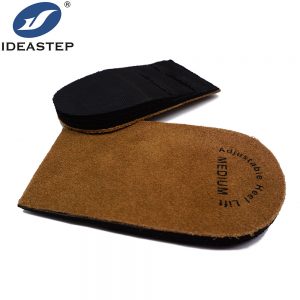
4. GEL elastomer insoles (silicone insoles).
Advantages: GEL’s elastic body has super shock absorption, excellent cushioning, and long-lasting comfort, eliminating the pain and fatigue of the feet and joints during walking and sports, reducing the concussion of the spine and back of the brain. It is suitable for people who often walk and exercise.
Disadvantages: poor air permeability.
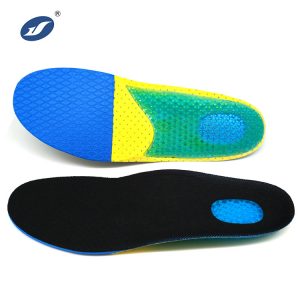
5. EVA insole. Vinyl acetate copolymer, polymer material.
Advantages: lightweight, good elasticity, good flexibility, not easy to wrinkle, suitable for various climates.
Disadvantages: poor air permeability and poor resilience for a long time, but high-elastic EVA can solve such problems.
6. Environmentally friendly high-polymer breathable cotton insoles, represented by “Haiboli”, English high-poly, also known as “Poly you”, the main ingredient is polyurethane, which has good air permeability and super strong Water absorption, excellent deformation resistance, good deodorization, and also have shock absorption and rebound functions, which are in line with the stress changes of the feet during the landing time, especially for long-term and high-intensity sports. It is a variety of brand sports, Ideal insole material for casual shoes.
7. PU insole. High-molecular polyurethane synthetic material.
Advantages: high density, high hardness, toughness, wear resistance, good elasticity, not easy to wrinkle, mostly used for outsoles of shoes.
Disadvantages: easy to yellow, poor elongation, poor air permeability.
